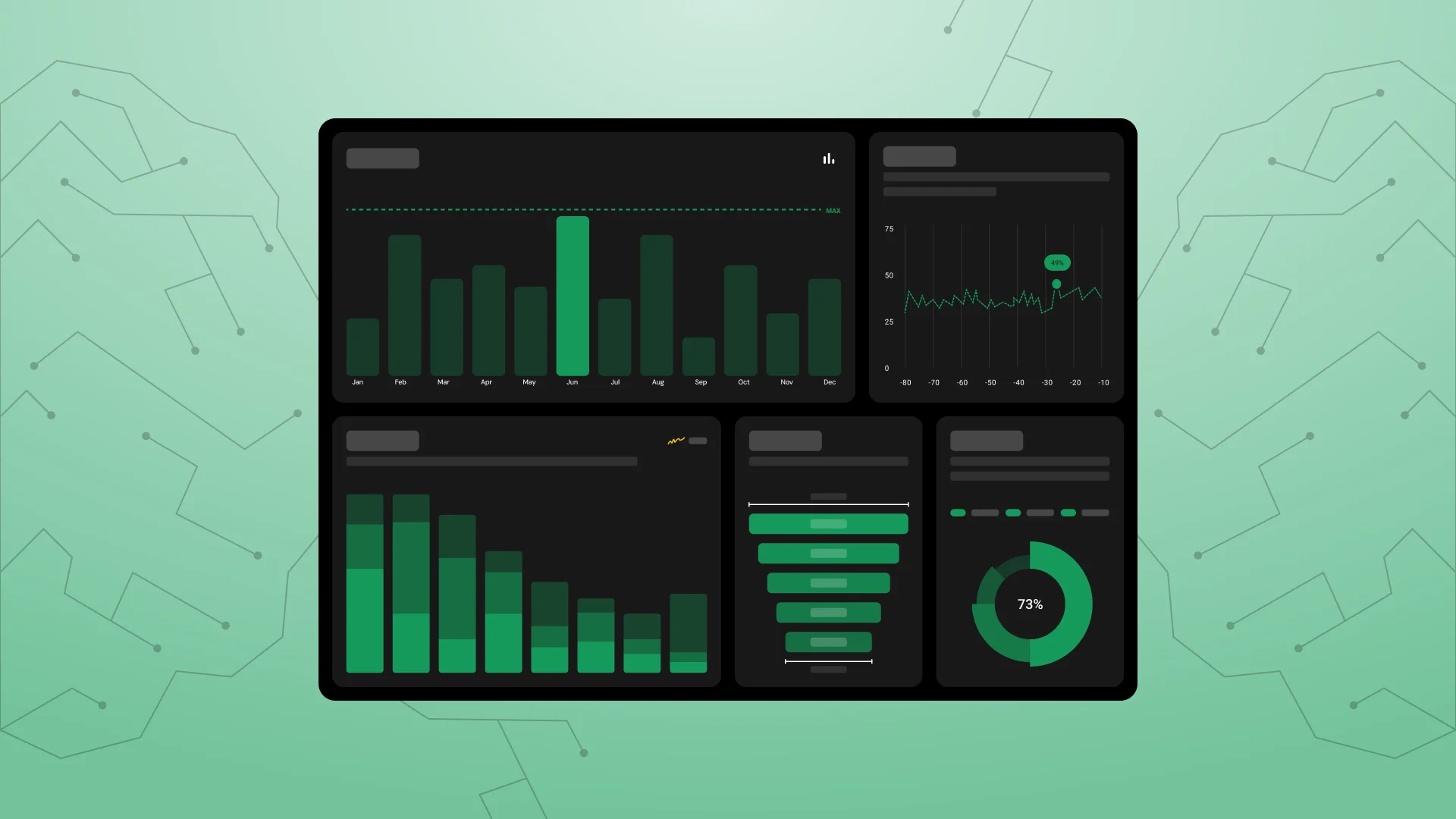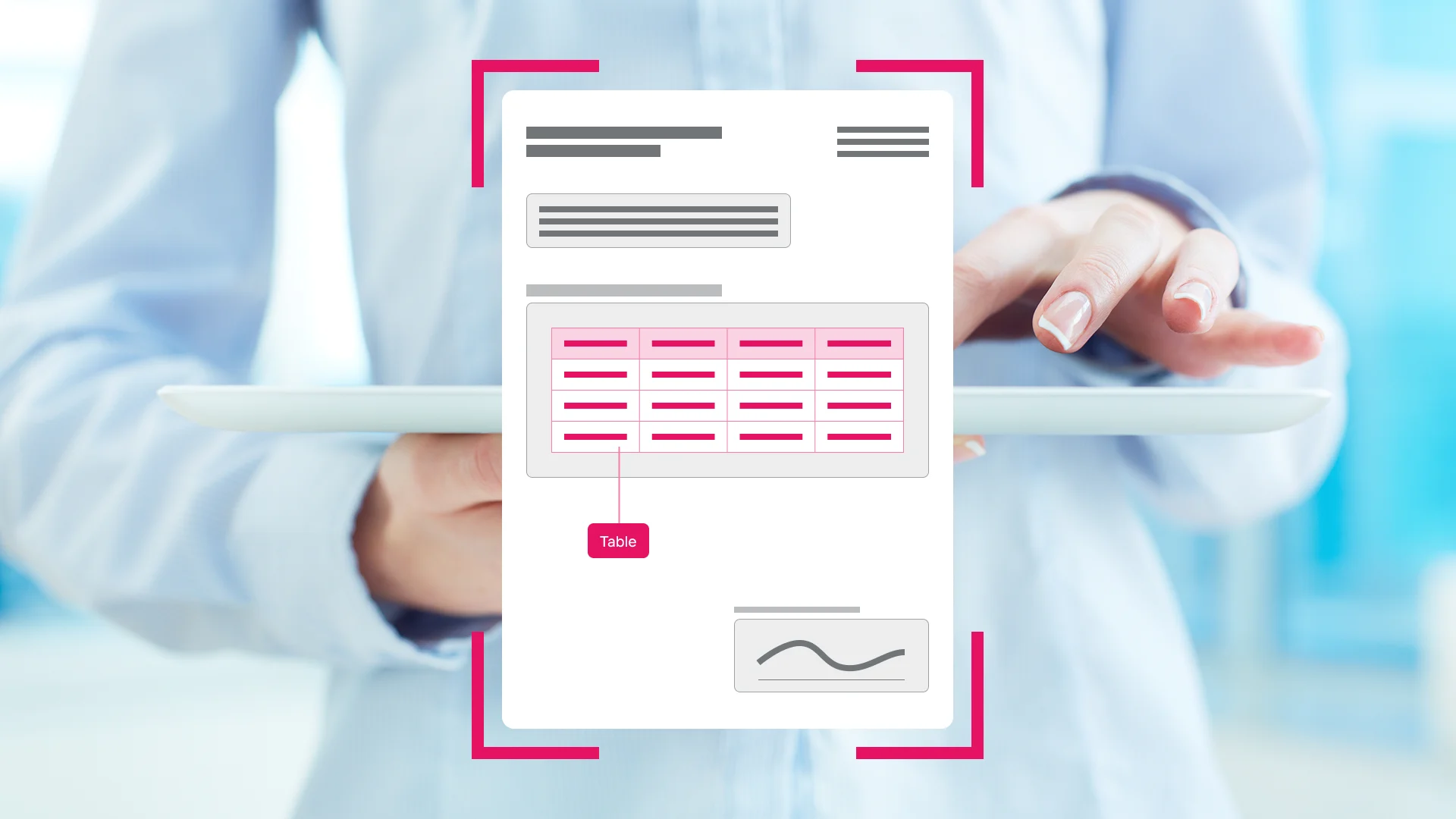The client’s core platform had grown quickly — but unevenly.
Originally built on a 500,000-line .NET monolith, it combined C# backend logic, SQL databases, and a patchwork of third-party APIs. Over five years and multiple handovers, architecture drifted. Complexity crept in. Change got slower. Risk got higher.
As user numbers grew 30-40% annually, the system struggled to keep up. Flash sales triggered slowdowns. Release windows narrowed. Any update carried the threat of downtime.
In 2025, the leadership team committed to a shift: move to a cloud-native setup on Azure, introduce microservices, and adopt serverless components to support future growth. The budget was capped at $1.2M — a significant investment for a mid-sized team. Nearly half was earmarked for keeping the business online throughout.
As one exec put it: “We weren’t afraid of the rebuild. We were afraid of the interruptions it might cause.”











